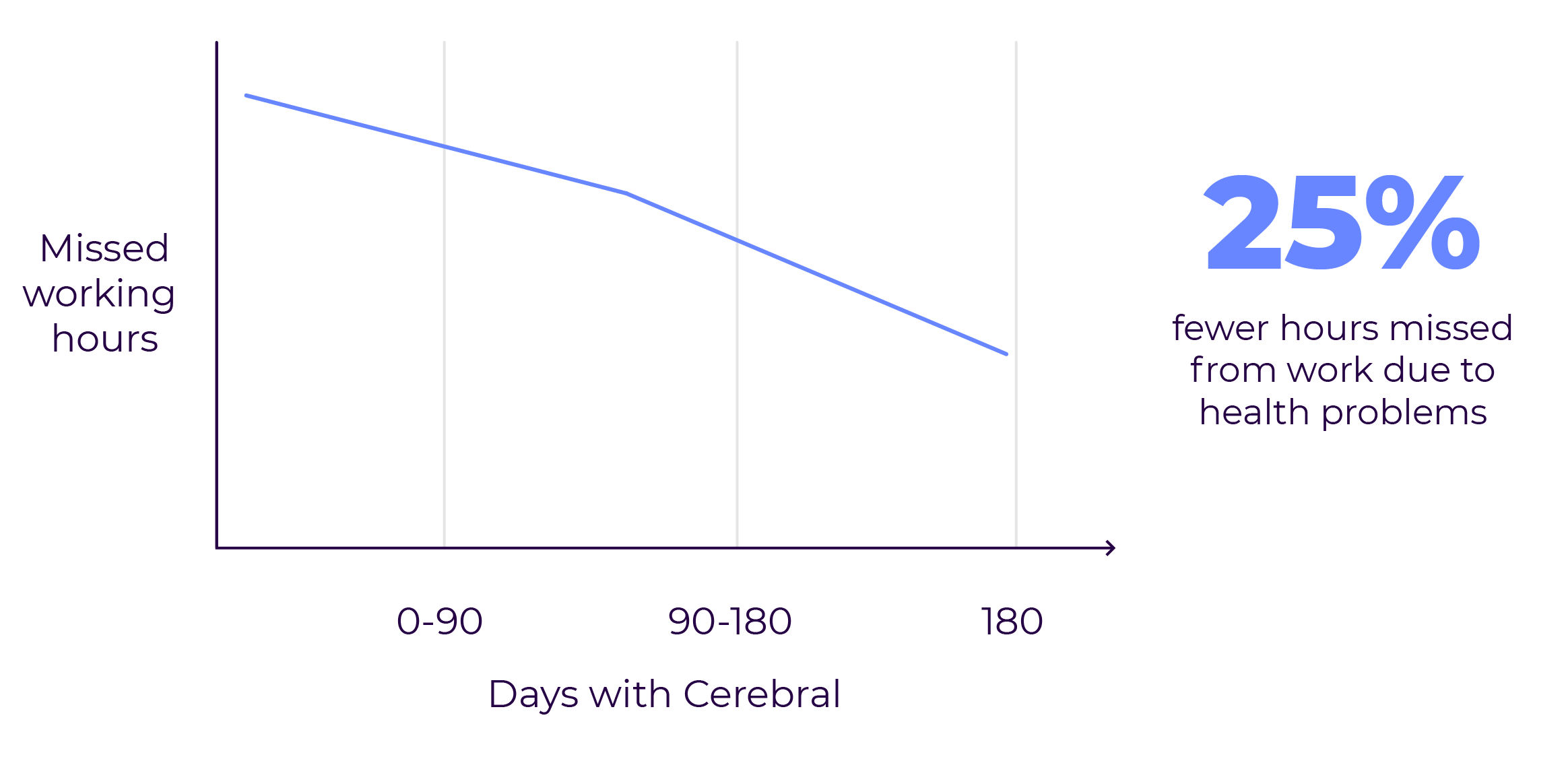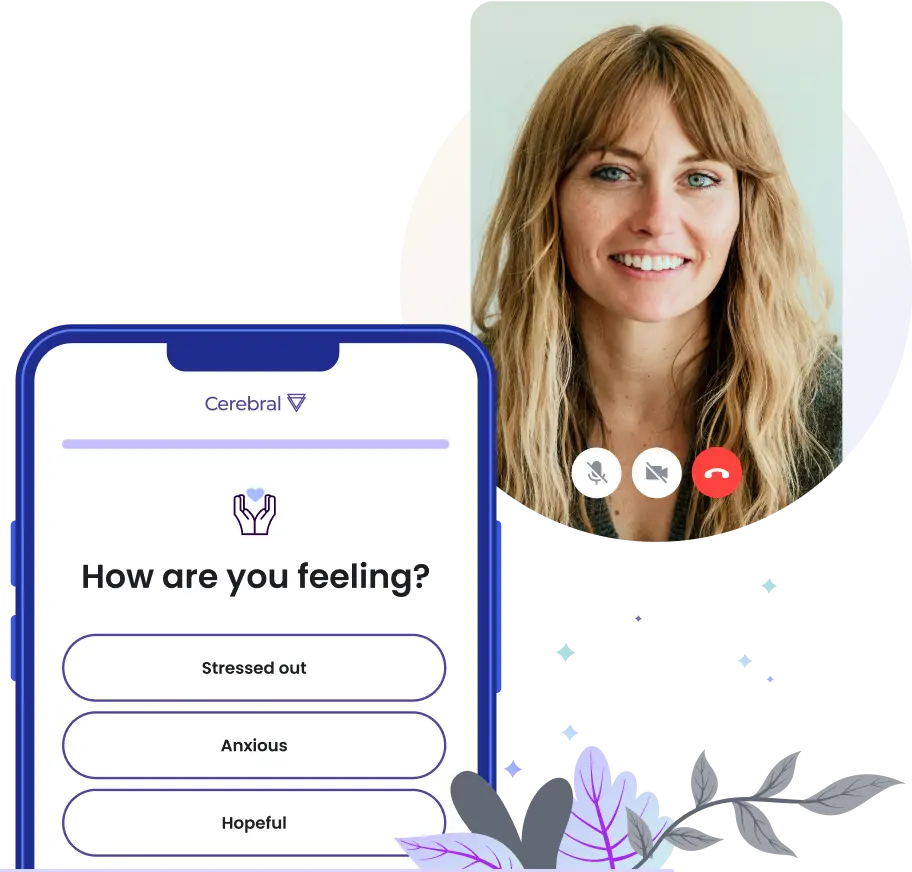In a remote work environment, it can be a challenge to keep employees engaged in the company, and motivated to perform at their best level. There are, however, several tactics that have indicated higher employee engagement, backed by data-driven outcomes. More importantly, creating a strong employee engagement strategy will pay dividends for talent acquisition and retention in the highly competitive job market. In this blog, we highlight employee engagement ideas for remote workers for a stronger HR strategy and a significantly more motivated workforce.
Employee engagement statistics
The 2021 Conference Board Survey reported that mental health issues could affect up to 69% of your workforce, And 54% of employees feel their organization’s initiatives to support their well-being are not effective.
According to Gallup, 36% of US employees and 20% of global employees are engaged in their work and workplace. Looking at this statistic from another angle sheds light on the large percentage of disengaged employees, and how unfilled they are at their jobs.
With this in mind, it’s critical to think outside the box when creating a long-term, sustainable employee engagement strategy. Yes, happy hours, flexible schedules, and competitive pay are all important aspects of keeping a connection between remote workers and the company, but investing in mental health is often something that has gone unaddressed (partly due to stigma around mental health), and is a solution to many fundamental issues such as high turnover, job fulfillment, and low employee engagement.
Invest in your employees' mental health
Investing in your employees' mental health will not only improve employee engagement but also bring a big ROI back to the company. It’s a win-win. Luckily, largely due to the pandemic and the shift to remote work, organizations are starting to connect the relationship between mental healthcare, total healthcare spending, and worker productivity.
Employee mental health is a long-term investment
In our recently published whitepaper, Leveraging Data Science to Reimagine Mental Health Delivery, every dollar invested in mental health can result in as much as $7 of increased productivity and savings. In short, the current environment presents a unique opportunity for us to rethink how mental health can be optimally delivered to employees.
So, how can companies capitalize on this idea that investing in mental health can result in positive outcomes for both the employee’s engagement and job satisfaction, all while improving company performance? The answer is simple:
Quick access to high-quality mental health care
Speed to care
According to this Forbes article about the modern transition from employee assistance programs (EAPs) to comprehensive mental health solutions, the traditional mental healthcare model of EAP involved referral to outside partners, rather than the new approach which instantly connects patients to in-house clinicians equipped to help with an array of mental health needs.
To give you some perspective, the traditional time to care can be several months. In contrast, with a full-service like Cerebral, employees are connected to care within an average of 1-2 days.
Quality of care
As mentioned above, access to care is the first hurdle that modern mental health companies are addressing, but what sets these companies apart? The quality of care.
Here are two key indicators of high-quality care:
- Diversity - When investing in a mental healthcare platform, consider the diversity of the population at the company. Consider all of the different backgrounds, cultures, sexual orientations, and ethnicities each employee has. Does the platform offer a diverse group of clinicians that connect with employees on a cultural level?
- Care regimen - Be mindful of the diversity in care needed to provide high-quality care to each and every employee. A cookie-cutter approach is not the answer. Be sure there is flexibility in care regimens, unique to each individual’s needs for care and treatment from anxiety and depression, to bipolar disorder and schizophrenia.
Correlation between access to high-quality care and employee engagement
Data Exhibit
In 2022, we wanted to investigate the correlation between employee engagement and having access to high-quality care. To collect this data, we sent out a Work Productivity and Activity Impairment (WPAI) Survey to employees with access to Cerebal from the following periods of time:
- 0-90 days
- 90-180 days
- 180 days
From the data analysis, we can conclude that patients who spent over 6 months with Cerebral missed over 26% fewer hours from work due to health problems, and accomplished more during normal working hours.

HR engagement ideas
It goes without being said, the shift to remote work has revolutionized access to the best talent on the market. Offering a remote or hybrid work model is the easiest way to attract and retain the best of the best talent. Beyond offering the flexibility of remote work, here are a few creative employee engagement program ideas including personal KPIs, benefits, and workplace norms.
Personal KPIs
Everyone has goals outside of the workplace, and hopefully, personal KPIs to track the milestones to accomplish those goals, whether that includes traveling, fitness, education, finance, etc. If your company wants to truly invest in your employees' satisfaction, keep an open conversation going about personal KPIs and aspirations and how they are meeting those goals. As a manager, you can help get them to where they want to be with a little extra encouragement.
Benefits
Benefits offered by the company should be strategically implemented with the wellness of employees at top of mind. Strong benefits enable the team to perform at the highest caliber. Two critical important offerings are:
- Full coverage of benefits (i.e. insurance fully covered by employer)
- Supportive parental leave
Simply put, wellness programs should acknowledge your employees as humans.
Holistic wellness programs
Holistic wellness programs do just that, by supporting physical and mental health and celebrating the vast diversity and unique needs of your organization. It’s time that companies take the initiative to crush any stigma around the importance of addressing mental health by intertwining mental health benefits into the wellness program and making it readily accessible for all employees.
Offering mental healthcare in addition to physical healthcare has proven to increase participation and overall satisfaction in the workforce.
Workplace norms
Workplace norms are a standard set of best practices and guiding principles for how employees are expected to conduct themselves in the workplace. For workplace norms to be effective, leaders must “walk the talk” and actively model the enforced norms.
For example, if the company offers unlimited PTO, but the manager of a team rarely takes any time off, the direct reports of that team will not feel comfortable taking the time they need. If the manager walks the talk and takes the initiative to set an example by taking time off, employees will feel empowered to take full advantage of the benefits and come back to work feeling more rested and ready to be fully present.
Ways of working
2-way communication
Communication is arguably the most powerful tool for a company’s success and continuous growth, but it also establishes a strong foundation for employees to express creativity, grow confidence, and ultimately feel empowered to take ownership of impactful projects for the company. All of these elements increase engagement within the workplace.
That’s why two-way communication from the top is so important for employee engagement. Employees who are consistently reminded that their opinions are valued and their concerns are addressed will feel a stronger sense of belonging and invest more of their time and effort into work.
Flexible work schedules
When employees are able to focus more on outcomes, rather than time, they are actually much more productive. In fact, this Forbes article tells us that workers with flexible schedules:
- Have achieved more
- Were sick less often
- Worked longer hours
- Were happier at work
Managers
One of the best investments you can make for your company is hiring top-tier managers. Managers set the tone for their direct reports, and it can have a huge impact on how individuals feel about their role and the company as a whole.
Managers play an extremely important role in the success and growth of their team, and it's a great idea to offer education programs for managers to learn effective management skills.

Telehealth and the Power to Revolutionize Access to Mental health care

How Telehealth Can Increase Access to Mental Healthcare for College Students

Age Verification and What it Means for Access to Care

Call 911 if you’re having a
mental health emergency
Text Home to 741-741 if you're in emotional
distress and need immediate support
Call or text 988 Suicide &
Crisis Lifeline. Chat service
is available at 988lifeline.org.